Equivalence of 2-tensors and 3-tensors under Local Unitary and General Linear Groups
DOI: 10.23977/tracam.2023.030107 | Downloads: 4 | Views: 227
Author(s)
Nina Geng 1
Affiliation(s)
1 Marianopolis College, Montreal, H8N 0A8, Canada
Corresponding Author
Nina GengABSTRACT
In quantum information, pure states correspond to tensors. Two states equivalent under local unitary group or local general linear group can be used for the same quantum-information tasks, and it is thus an essential problem to determine whether two tensors are equivalent. In this paper, we determine the two sorts of equivalence for 2-tensors in terms of the Schmidt decomposition and singular value decomposition of matrices. We also extend the equivalence to some 3-tensors, proving that Schmidt decomposition is unachievable for 3-tensors. However, we present a method to express 3-tensors using the logic behind Schmidt decomposition. Furthermore, we generalized the scenario to higher dimensions and discussed the characteristic behaviors of different groups in tensor transformations.
KEYWORDS
Quantum entanglement, tensor, quantum systems, local quantum operationsCITE THIS PAPER
Nina Geng, Equivalence of 2-tensors and 3-tensors under Local Unitary and General Linear Groups. Transactions on Computational and Applied Mathematics (2023) Vol. 3: 52-63. DOI: http://dx.doi.org/10.23977/tracam.2023.030107.
REFERENCES
[1] Charles H. Bennett, Herbert J. Bernstein, S. Popescu, B. Schumacher, "Concentrating partial entanglement by local operations", Physical Review A, 1996, Vol. 53, Page 2046.
[2] Charles H. Bennett, S. Popescu, D. Rohrlich, J. Smolin, Ashish V. Thapliyal, "Exact and asymptotic measures of multipartite pure-state entanglement", Physical Review A, 2000, Vol. 63, Page 012307.
[3] M. Nielsen, "Conditions for a Class of Entanglement Transformations", Physical Review Letters, 1999, Vol. 83, Page 436.
[4] F. Verstraete, J. Dehaene, B. Moor, "Local filtering operations on two qubits", Physical Review A, 2001, Vol. 64, Page 010101(R).
[5] W. Dür, G. Vidal, J. Cirac, "Three qubits can be entangled in two inequivalent ways", Physical Review A, 2000, Vol. 62, Page 062314.
[6] A. Acín, A. Andrianov, L. Costa, E. Jané, J. Latorre, R. Tarrach, "Generalized schmidt decomposition and classification of three-quantum-Bit states", Physical Review Letters, 2000, Vol. 85, Page 1560.
[7] F. Verstraete, J. Dehaene, B. Moor, H. Verschelde, "Four qubits can be entangled in nine different ways", Physical Review A, 2002, Vol. 65, Page 052112.
[8] Lin Chen, Yixin Chen, Y. Mei, "Classification of multipartite entanglement containing infinitely many kinds of states", Physical Review A, 2006, Vol. 74, Page 052331.
[9] A.Miyake, "Classification of multipartite entangled states by multidimensional determinants", Physical Review A, 2003, Vol. 67, Page 012108.
[10] Lin Chen, Yi-Xin Chen, "Range criterion and classification of true entanglement in a 2×M×N system", Physical Review A, 2006, Vol. 73, Page 052310.
[11] R. Drnovšek, "The von Neumann entropy and unitary equivalence of quantum states", Linear and Multilinear Algebra, 2013, Vol. 61, Issue 10, Pages 1391-1393.
[12] R. Bhatia, " Partial traces and entropy inequalities", Linear Algebra and its Applications, 2003, Vol. 370, Pages 125–132.
[13] Z. Cai, "Multi-exponential error extrapolation and combining error mitigation techniques for NISQ applications", npj Quantum Information, 2021, Vol. 7, Article 24.
| Downloads: | 150 |
|---|---|
| Visits: | 9323 |
Sponsors, Associates, and Links
-
International Journal of Power Engineering and Engineering Thermophysics
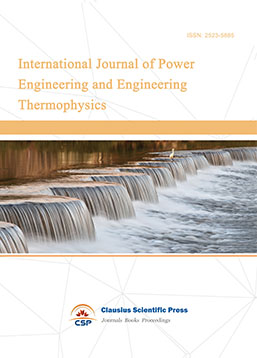
-
Numerical Algebra and Scientific Computing
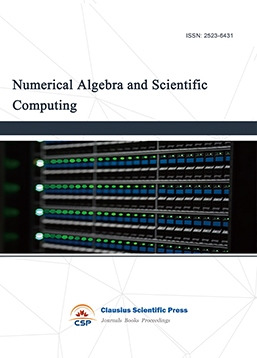
-
Journal of Physics Through Computation
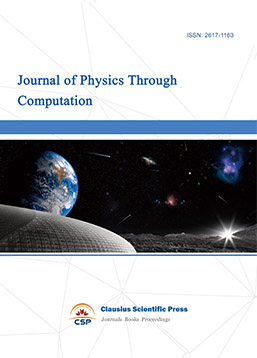
-
Transactions on Particle and Nuclear Physics
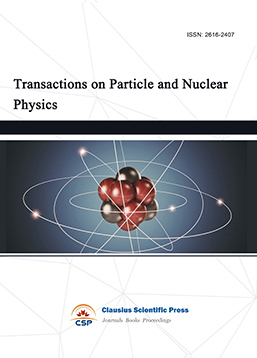
-
Journal of Probability and Mathematical Statistics
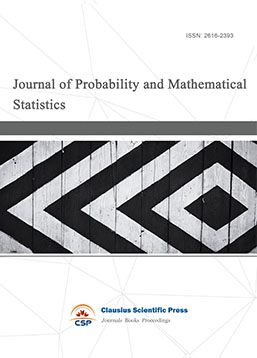
-
Multibody Systems, Nonlinear Dynamics and Control
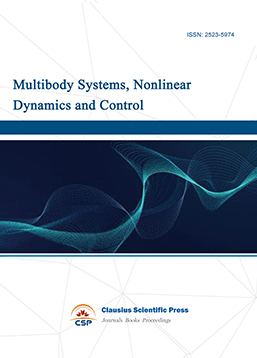
-
Complex Analysis and Geometry
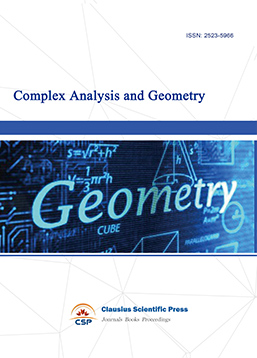
-
Dynamical Systems and Differential Equations
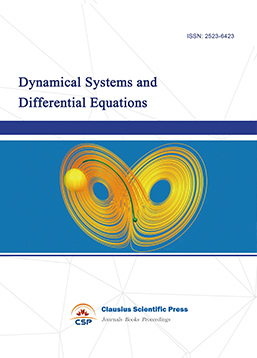
-
Acoustics, Optics and Radio Physics
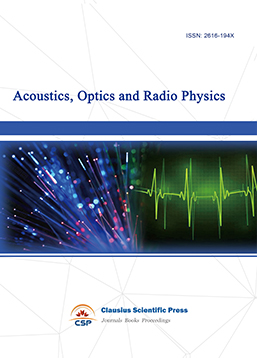
-
Progress in Atomic and Molecular Physics
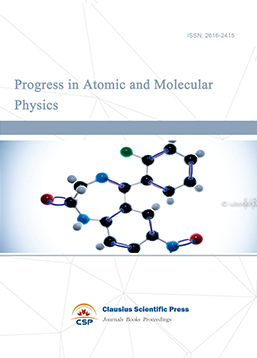
-
Transactions on Condensed Matter Physics
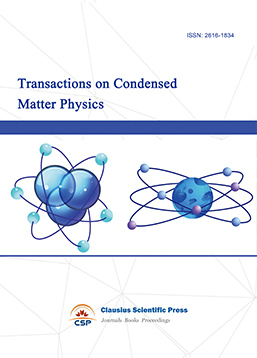
-
Progress in Plasma Physics
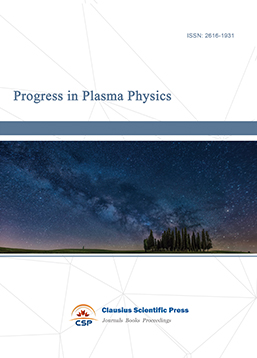
-
Combinatorics and Graph Theory
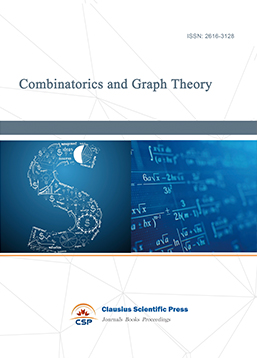
-
Research and Practice of Mathematics & Statistics
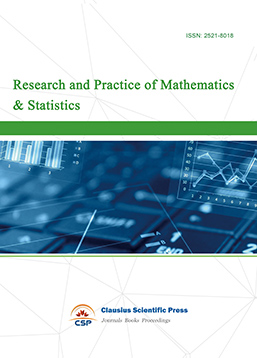
-
Nuclear Techniques and Applications
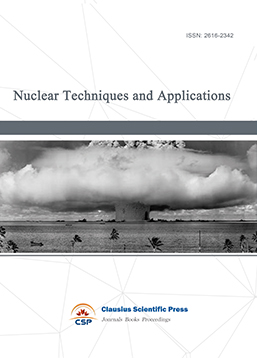
-
Journal of Photonics Research
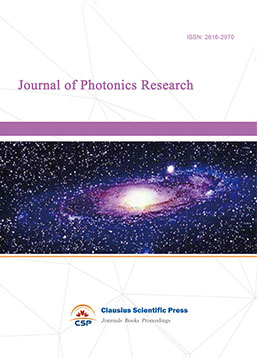
-
Journal of Compressors and Refrigeration
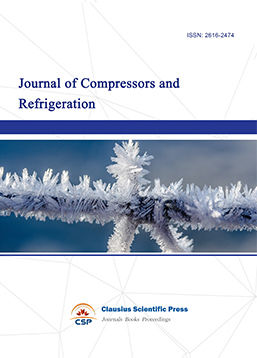
-
Journal of Theoretical Physics Frontiers
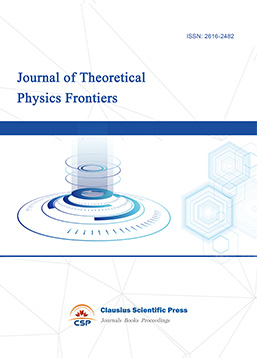
-
Journal of Nonlinear Science and Complexity
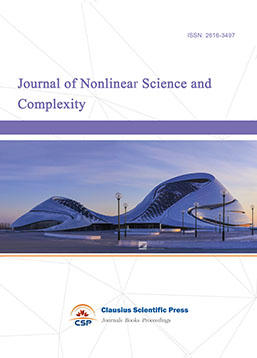
-
Vacuum Science Journal
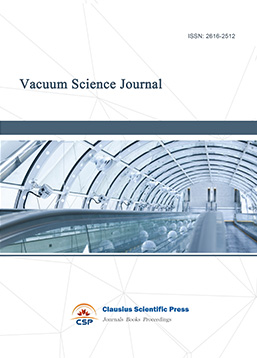
-
Computational Fluid Dynamics
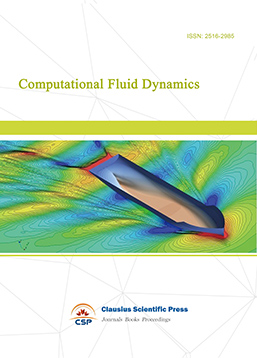

 Download as PDF
Download as PDF